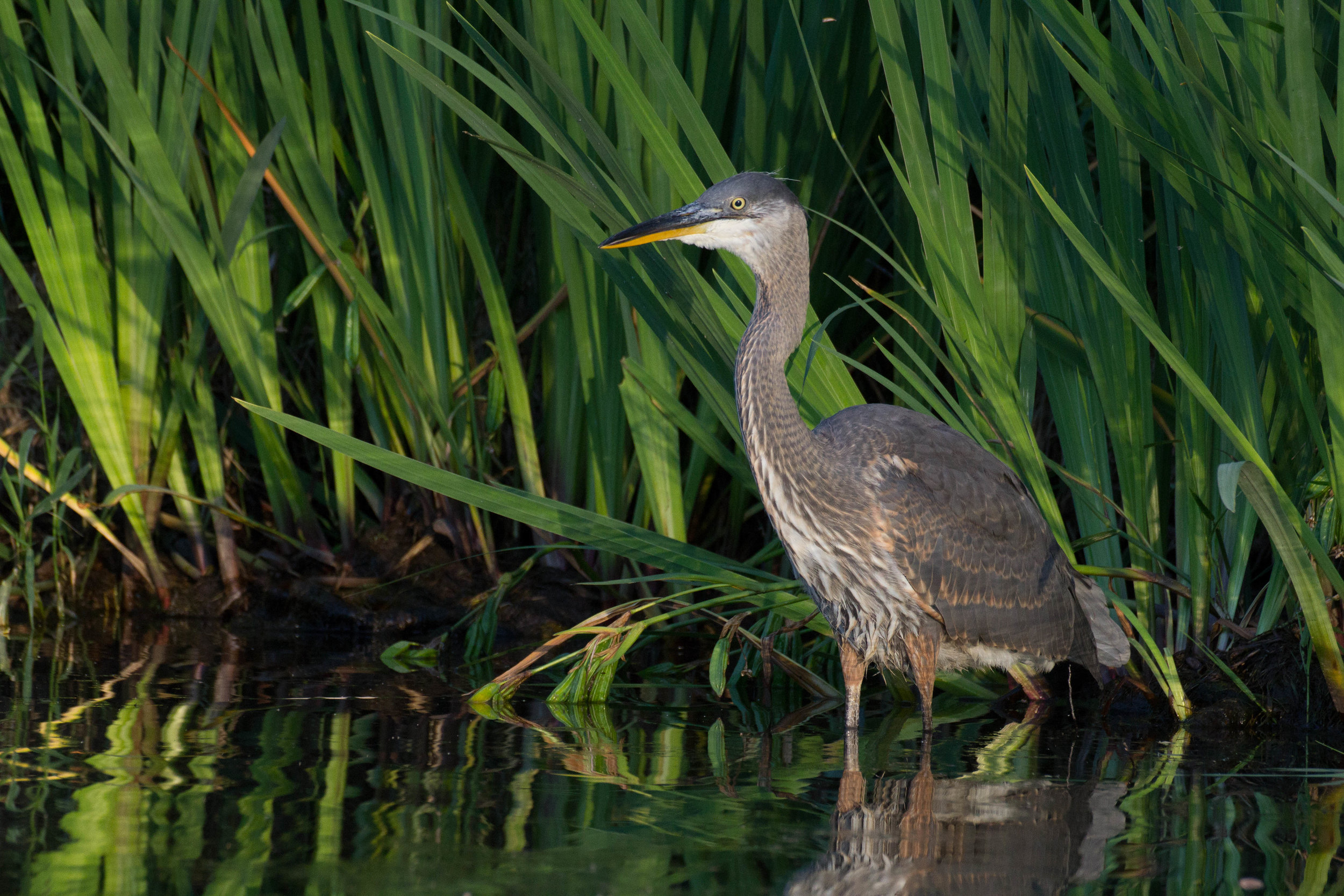Christmas Bird Count Highlights from Previous Years
By Andy McCormick
Bird Highlights from Past Eastside Audubon Christmas Bird Counts
On December 15, 2018 Eastside Audubon will hold its 35th Christmas Bird Count (CBC).
In addition to gathering important data on birds on Christmas Bird Count day, those who go into the field experience a feeling of comradery and fun in finding birds during the winter. With so many birders out on one day some special birds are often seen. To mark the 35th Anniversary of the EAS CBC, I thought it would be fun to look back at some of the birds seen in our EAS count circle. I reviewed the CBC reports on the EAS Website from 2001 to 2016 and found some pretty cool birds.
OWLS
Owl sightings are always a favorite on the CBC. Short-eared and Barn Owls have been seen on the EAS count with some regularity, but I found it very interesting that the earliest sighting of Barred Owl on the EAS CBC was in 2006. This owl has been expanding its range in Western Washington but is not seen annually. The first Snowy Owl on the EAS CBC was found in Carnation in 2005, and a Northern Pygmy Owl was also seen that year. The earliest Northern Saw-whet Owl was observed in 2012 and others were seen in 2014 and 2015. In 2013 a Great Horned Owl was counted on the Red Brick Road in Redmond.
RAPTORS
Bald Eagle, Red-tailed Hawk, and Cooper’s Hawk are seen on the count each year, but in 2014 one group was treated to the sight of a Gyrfalcon, the only sighting for our CBC. That same year a Golden Eagle was spotted in the Snoqualmie area. The Merlin is seen about half the time, as this species seems to be adapting to human expansion into wooded areas. American Kestrel is seen annually, but its number can vary.
HERONS
Photo by Tyler Hartje
The team that found an American Bittern in 2009 in the Snoqualmie Valley area was undoubtedly very excited. It was the first for our count circle. American Bitterns can be seen in winter in Western Washington but they are uncommon. 2009 was also good for Green Heron, a denizen of waterways that is seen about half the time on our count, most recently in 2015.
PASSERINES
Passerines (perching birds) can bring a few surprises as some find favorable conditions to remain in our area in winter. The recent two decades have produced many first sightings for our count. Mountain Chickadee was seen on the count in 2001 and 2004, but not since then. Hermit Thrush was listed only in 2001. Other first sightings include the White-winged Crossbill and the Western Tanager seen in 2012, Western Sandpipers found at Lake Sammamish State Park in 2016, and Bohemian Waxwings were seen during count week that year. Count week includes the three days before and three days after the CBC date. American Pipits are occasionally seen and were found in 2014 and 2015.
THE CHRISTMAS BIRD COUNT IS NOW 118 YEARS STRONG
The annual Christmas Bird Count of birds began in 1900 when a group of birders went out on Christmas Day to count birds instead of to shoot them, which had been the annual custom. This new tradition of counting birds was organized by Frank Chapman, an eminent ornithologist of the time and early officer in the nascent National Audubon Society. This year’s count will mark its 118th year, and it has now spread across North America and is held on other continents as well. The count provides data for scientists and the National Audubon Society in a review of all CBC data has determined that global climate change is moving the range of North American birds northward as the planet warms.
Join us for the count on December 15 and see what special birds we find this year and collect valuable data for science.


